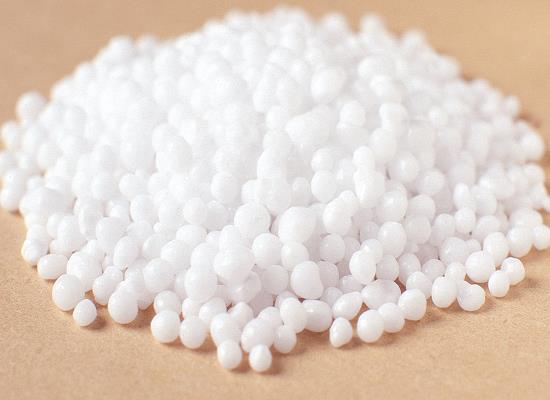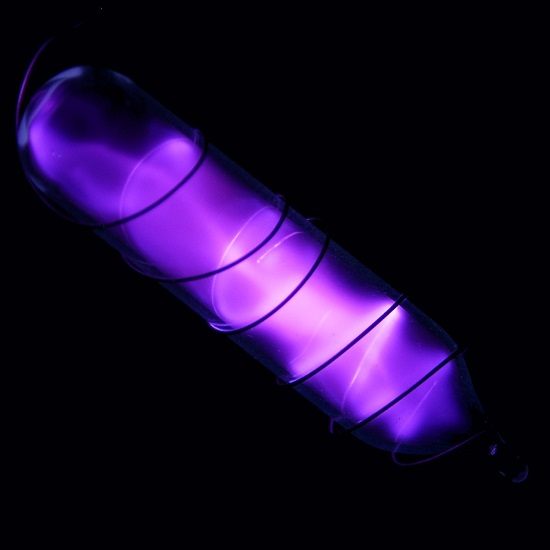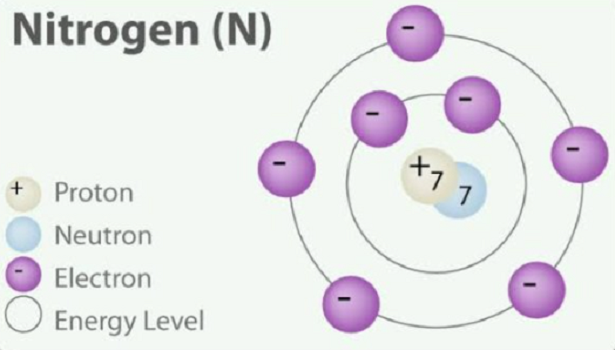Nitrogen as a regulatory factor of methane oxidation
General Description
Nitrogen have been found to inhibit methane consumption in soils and sediments. The inhibition occurs through various mechanisms at the cellular, community, and ecosystem levels. At the cellular level, competitive inhibition of methane monooxygenase (MMO) by ammonia and the toxic effects of ammonia oxidation intermediates and end products contribute to short-term inhibition. Changes in the composition of the microbial community, such as a shift between ammonium-tolerant and ammonium-intolerant methane-oxidizing species, can lead to delayed or long-term inhibition at the community and ecosystem levels. The addition of Nitrogen may decrease the growth potential of methanotrophic bacteria and reduce methane oxidation rates. However, the effects of Nitrogen on methane oxidation can vary depending on soil ecosystems and other factors.

Figure 1. Nitrogen
Nitrogen as an inhibiting factor of methane consumption
Nitrogen fertilizers have been found to inhibit methane consumption in soils and sediments. There are two types of kinetics observed in methane oxidation processes. The first type, known as "low-affinity" methane consumption, is observed in methane-producing soils and is carried out by conventional methanotrophs. These methanotrophs have Km values in the millimolar (mM) range. The second type, known as "high-affinity" methane oxidation, occurs in soils that receive methane only through diffusion from the atmosphere. These soils have methane concentrations in the nanomolar (nM) range and display low apparent Km values for methane uptake. It is believed that uncultured organisms with novel variants of methane monooxygenase (MMO) are responsible for this high-affinity consumption. The first report on the inhibition of methane oxidation by Nitrogen fertilizers came from soils displaying high-affinity oxidation. Studies have shown that the application of ammonium-based Nitrogen fertilizers reduces the uptake of atmospheric methane by these soils. This inhibition has been observed not only in forest soils but also in upland and wetland soils, although it generally holds true only for ammonium-based additions. Nitrate has been found to be inhibitory only in very high concentrations. The mechanisms of inhibition vary and operate at the cellular, community, and ecosystem levels. At the cellular level, competitive inhibition of MMO by ammonia and the toxic effects of ammonia oxidation intermediates and end products can explain immediate short-term inhibition. At the community and ecosystem levels, changes in the composition of the microbial community, such as a shift between ammonium-tolerant and ammonium-intolerant methane-oxidizing species, may lead to delayed or long-term inhibition. It is important to note that the inhibitory effects of Nitrogen fertilizers on methane oxidation may vary between different soil ecosystems. Factors such as soil physicochemical parameters, the presence of plants, and the type of methane oxidizers present can influence the modes of action of fertilizer application. Therefore, a comprehensive investigation combining laboratory incubations and in situ flux analyses is recommended to assess the effects of fertilizer on methane oxidation. In conclusion, while Nitrogen fertilizers can inhibit methane consumption, their impact varies in different soil ecosystems. Forest soils with high atmospheric nitrogen deposition or agricultural soils with high fertilizer input are relevant systems for further study. In pristine and natural soils, nitrogen may play a more important role as a limiting factor for methane oxidation. 1
Hypothetical mechanisms
The addition of Nitrogen fertilisers can potentially act directly on cellular levels or indirectly by evoking changes in the soil ecosystem that influence methanotrophic bacteria. Methanotrophic bacteria have a relatively high nitrogen requirement, and N limitation may occur in environments where the molar ratio of methane to nitrogen is higher than 10. Nitrogen fixation is a costly process for bacteria in terms of energy and reducing equivalents, and switching from ammonium or nitrate uptake to nitrogen fixation may result in lower growth potential of the methanotrophic bacteria and possibly lower methane oxidation rates. The proposed mechanism involves nitrogen fixation, whereby the assimilation of nitrogen is connected rapidly to the dissimilation of methane. This diversion of electron flow towards FD is blocked when ammonium or nitrate is assimilated under nitrogen excess conditions. Moreover, the stimulatory effects of inorganic nitrogen additions in high methane environments like landfills soils were also demonstrated to occur with nitrate, ruling out an involvement of ammonia oxidisers. The overview offers some explanations of nitrogen-based stimulation of methane oxidation that act indirectly through changes in the habitat of the methanotrophic bacteria. 2
Reference
1. Bodelier PL, Laanbroek HJ. Nitrogen as a regulatory factor of methane oxidation in soils and sediments. FEMS Microbiol Ecol. 2004 Mar 1;47(3):265-277.
2. Bodelier PLE, Hahn AP, Arth IR, and Frenzel P. (2000) Effects of ammonium-based fertilisation on microbial processes involved in methane emission from soils planted with rice. Biogeochemistry, 2000, 51, 225-257.





